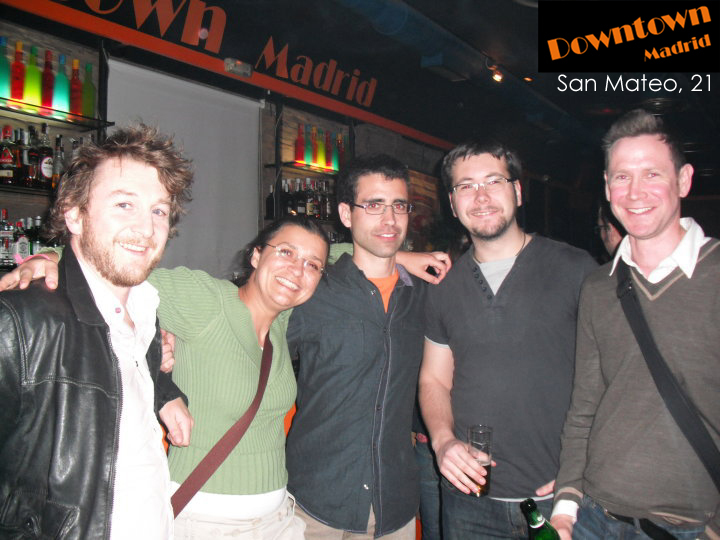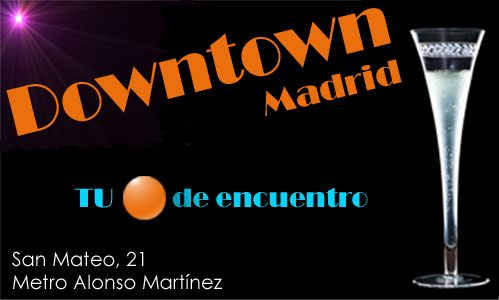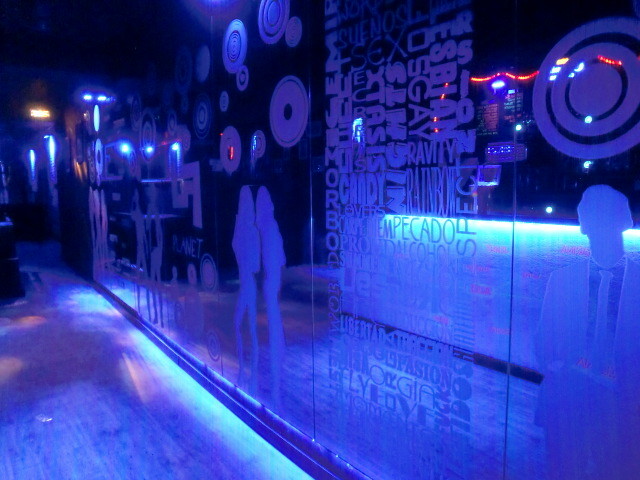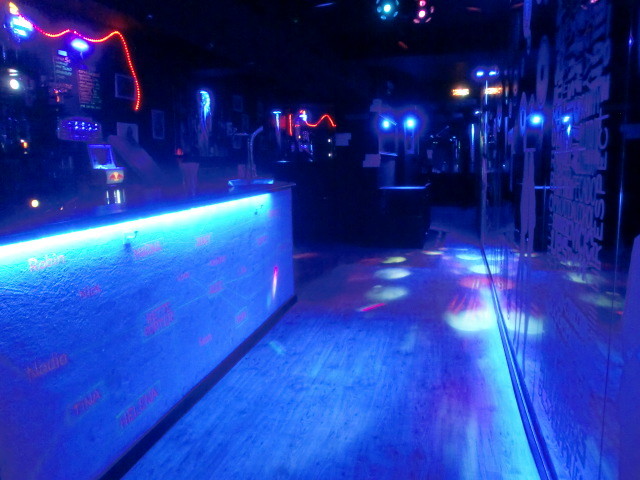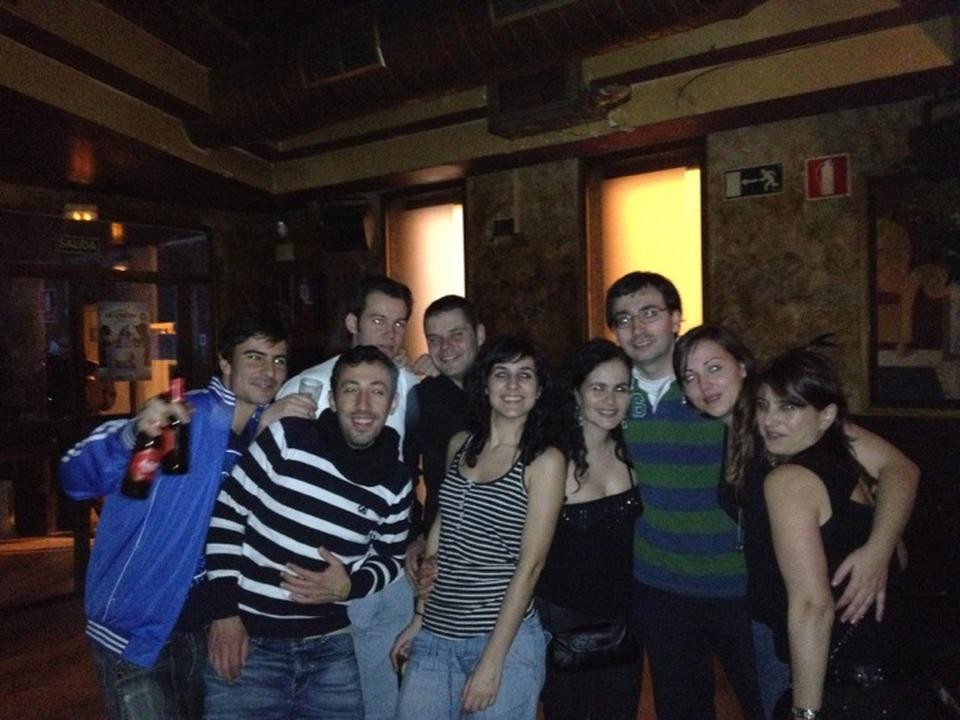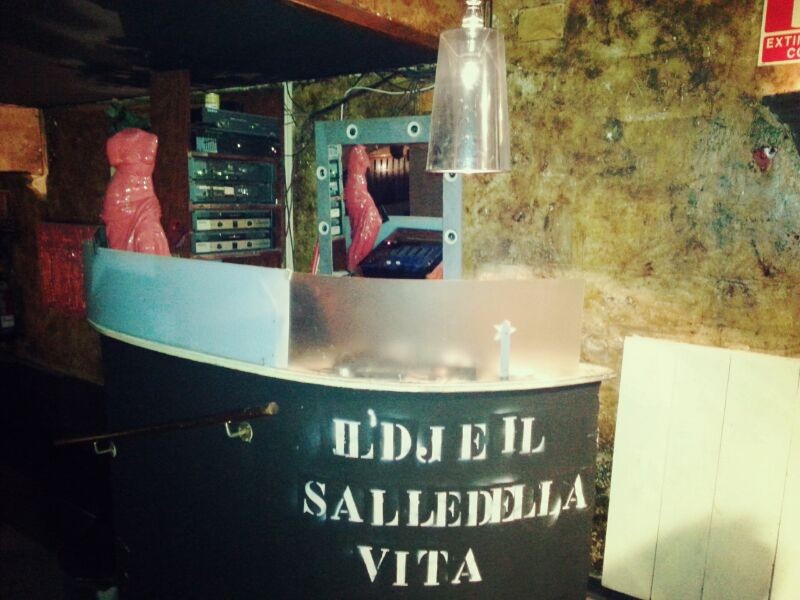Madrid Río is one of the prettiest and most relaxing attractions in Madrid, and I have the good fortune to be living near enough to the river for being able to walk alongside it every day and take in the beautiful scenery.
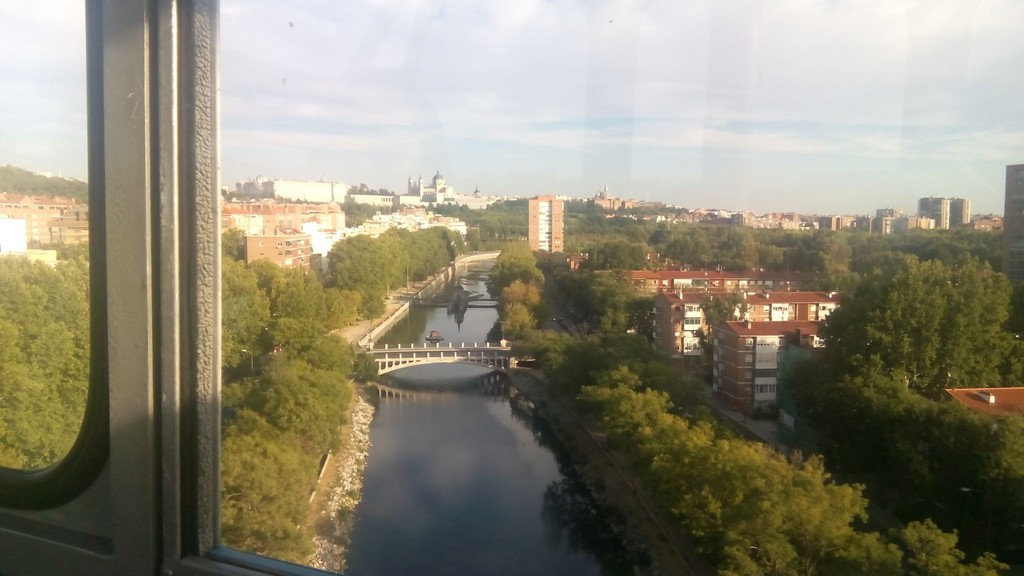
(View from the funicular near Principe Pio)
I would like to clarify something to avoid confusion: The Madrid Río is the name attributed to the walking and recreation paths that straddle the Manzanares River (which is the name of Madrid's river).
If you're only in Madrid for a short time, visiting Madrid Río should not necessarily be a priority, even though paying it a short visit won't take too much time.
If you would like to follow the path, I would recommend doing it twice: the first time walking and the second time by bike, roller-skates or roller-blades. Of course, at the same time you'll be getting in some exercise and it's very common to see people practising some sort of sport or taking a bike ride to get to work or as part of a sports organisation. You'll also notice the strong family atmosphere, as this is where you can find the real heart of Madrid.
At any point throughout the day, though most commonly at night, you'll find people jogging along the track, but if you want to join them make sure to not tread onto the bike path as to not get in anyone's way.
It's also quite common to find many elderly folk along the river, as they usually head there along with their personal caregivers or reuniting with some old friends to have a chat. Often times in the afternoon you'll find several mothers taking a walk with their children and enjoying the weather.
This whole area was actually not built too long ago, as the park was constructed between the years 2006 and 2011, though today it remains clean and well-maintained. In fact, every time that I went I saw some city workers on hand making sure everything is clean and functioning well. The area is also really well illuminated, making this area very attractive and safe.
In case you didn't know, Madrid is one of the cities most invested in preserving the environment, and Madrid Río is evidence of that. It's a very good place to go and do any sort of activity and throughout the path you'll find activity and game areas for people of all ages. The games are all made from wood and hemp (which are all ecologically sustainable), and they're all very original. Some of the games you'll be able to find include the swings, the large cobwebs and even some suspension bridges. One of the favourite games is located near the Segovia Bridge and consists of some swings that resemble wooden hammocks with a space for two people. If you lie down in them you can see the stars and the sky, with the Royal Palace directly to your right.
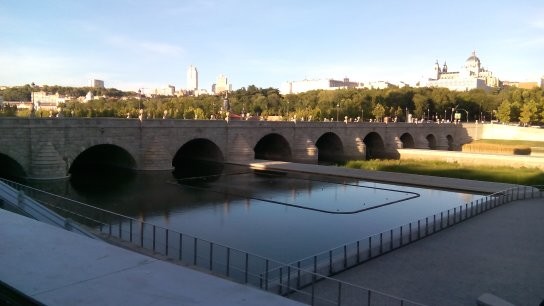
(The Segovia Bridge)
The Path
The park is divided into three main sections. The one that I know best is the Salón de Pinos, however I would recommend starting at the Principe Pio metro station. Near the statue you'll find the entrance to the park. There you'll notice that the river is actually quite shallow, though, don't worry, it will not be that shallow all the way down. Head down the path and on your left you'll be able to have the most stunning view of the Royal Palace and the Almudena Cathedral. You'll also find the two most cultural and aesthetically important bridges. First is the Segovia Bridge (which is near where I live) and is a grand total of 500 years old, but this hasn't stopped the city from preserving it well and even allowing cars and buses to cross it from the Puerta del Ángel a Imperial. Beyond the Segovia Bridge you'll find the Toledo Bridge, which is also one of Madrid's most monumental as it's been aroud for over 300 years.
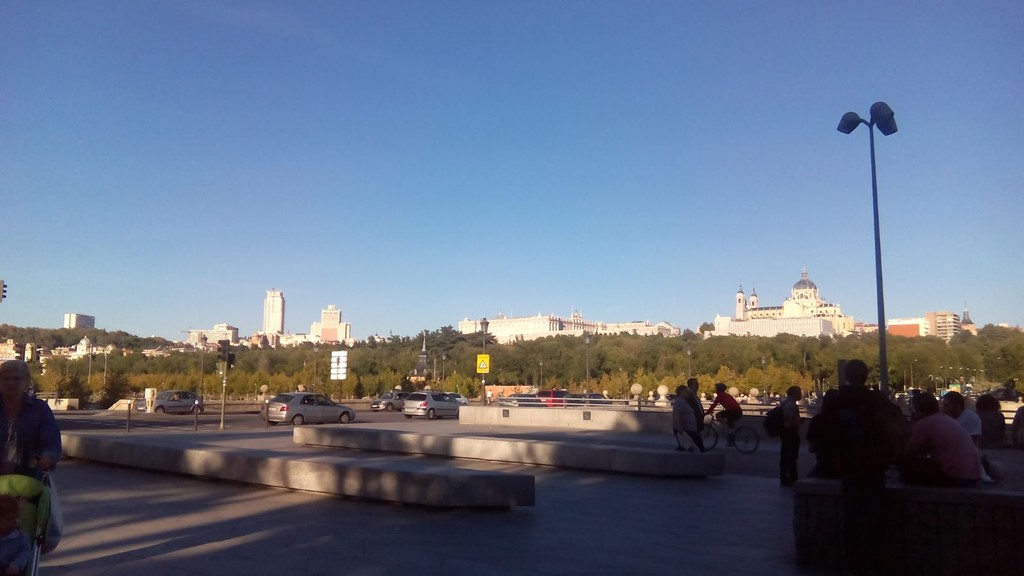
(The view of the Almudena Cathedral and the Royal Palace)
There are several points throughout the path where you're able to cross over to the other side of the river, and the city has actually built several mini-bridges to facilitate crossing over. In some parts of the bridges bikes or skates are not permitted, so it's important to keep this in mind. If you're a big soccer fan, you'll love the impressive view of the "Vicente Calderón Stadium, home of the Atlético de Madrid Football Club.

(One of the bridges near the Segovia Bridge)
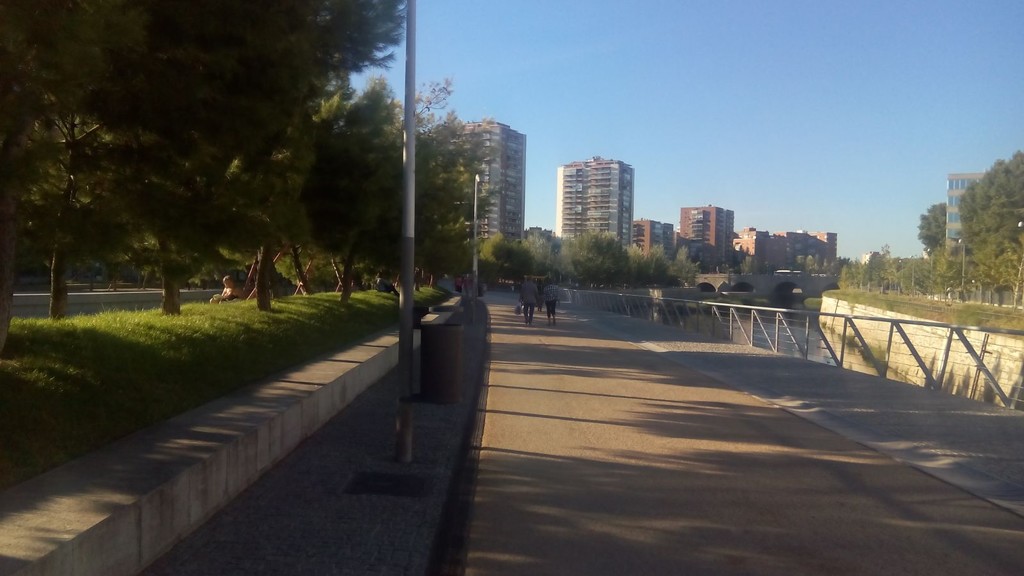
(Even the bridges have a bike path)
There's another section of the path called Huerta de la Partida where there are many fruit trees planted. I found several different types of trees, such as apple trees, mulberry trees, pear trees, almond trees, walnut trees, olive trees and fig trees. It's very interesting how the city maintains the many green spaces and whenever there are empty areas they always try and turn those areas into ecological parks, always keeping them well-maintained. It's something that I like most about Madrid.
The third and final section I'd like to mention is called La Ribera del agua: Arganzuela y Matadero-. Here you can find the Arganzuela Park as well as Madrid's old slaughterhouse. You'll even find the Arganzuela runway, which is a type of bridge with modern and original architecture. Its design is actually what attracts many tourists and architecture students to the area.
If, after this nice visit, you start getting hungry, not to worry, as there are a few (actually, quite a few) restaurants and cafes where you can get a nice meal, buy some water or snacks and admire the river.
How much does it cost?
Seeing as it's a public park, it doesn't cost anything!
When's the best time to go?
Go anytime, however I recommend going in the afternoon seeing as that's when you'll find less people and there'll be less sun, thus it'll be easier to visit.
How do I get there?
Getting there is one of the easiest things to do, seeing as Madrid Río is seven kilometres long, meaning it can be easily accessed from several different places.
If you want to start the walk from the first section, you can get off at Principe Pio station on the grey line (Line 6). This is actually a hub station, and it's where the metro, the Cercanias train, several buses and trucks all intersect. You can obviously also take any bus or train that brings you to that station, though if they brings you to the Segovia Bridge, well, that works too. If you want to start from the third section (the Arganzuela Bridge), you can take the green line (L5) and get off at the Marqués de Vadillo station.
 Erasmus party Madrid,
Madrid,
Spain
Erasmus party Madrid,
Madrid,
Spain
